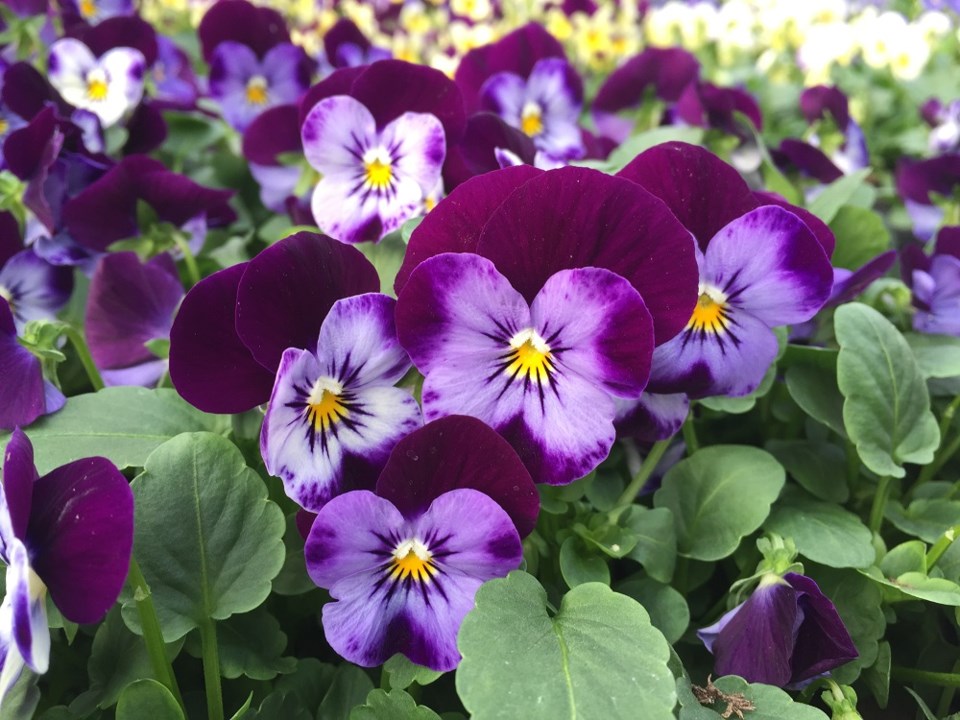The uncertainty of our current weather patterns is one factor we need to keep in mind when we start gardening in earnest.
The last spring frost date and first fall frost dates in the Lower Mainland may surprise you.
These frost dates are estimates based on historical data using 1981-2010 climate numbers from Environment Canada with weather anomalies, exposure, topography and microclimates possibly causing variations in the predicted dates.
There is a 30 per cent probability that frosts can occur after the last spring date and before the first fall date but this year, in the eastern Fraser Valley, we’re looking at a spring date of April 19, and a fall date of Oct. 28.
In the Greater Vancouver area, the last frost date could be as early as March 31 and as late as April 21.
These dates are based on a light freeze, which falls in the range of -1.7°C to 0°C. This small amount of frost will generally kill very tender plants.
A moderate freeze is in the range of -3.9°C and -2.2°C which will be quite destructive to most tender vegetables and annuals.
Severe freezing brings frosts from -4.4°C and colder, and this degree of cold will cause heavy damage to most garden plants.
Based on this data we usually have about 191 days for our growing season here in the eastern Fraser Valley. Cool crops like Brussels sprouts, kale, parsnips, and most root crops can have longer growing seasons based on their frost tolerance.
In a surprise move, Mother Nature is forecasting an unusual few days of exceptionally warm weather this weekend, with day temperatures of 20 to 22°C and night time temperatures in the 7°C range. For those of us hoping for an early start to our garden, this might be the time.
With our garden soil and containers ready to go, cool food crops like onions, peas, broad beans, early brassicas, spinach, Swiss chard, and lettuce can go in now. Make sure you have some Remay cloth on hand for a few more inevitable cold nights ahead though.
Choose your warmest, most well-drained locations for quickest germination, and you’ll be quite uplifted by seeing the new growth and the promise of things to come.
We could all benefit from a bit of colour in the garden right now as well.
Perhaps the very best value for a continuous show are the violas and pansies. They will take some frost, as well as the cold, rainy weather and staunchly perform well into the summer heat. Primulas are still in prime time, but dianthus are now becoming a new favourite with their long-lasting colour and fragrance. The vibrant, fully double flowers of ranunculus also tolerate more cold and wet than folks realize.
Many early blooming perennials as well make a resilient show this time of year. Pop in some arabis, aubrieta, alyssum and euphorbias to ensure early spring colour now and for years to come.
Let’s take advantage of this week’s warm weather and get some of our food and colour gardening underway!



